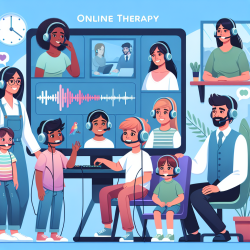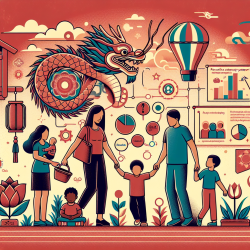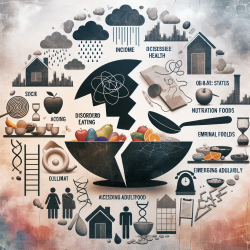Understanding Urbanisation's Impact on Health: Implications for Online Therapy
The rapid urbanisation in China, as detailed in the research article "Urbanisation and Health in China," presents unique challenges and opportunities for health practitioners, particularly those involved in online therapy services like TinyEYE. This blog aims to explore how insights from this research can enhance the delivery of online therapy, particularly for children in urbanising environments.
Key Findings from the Research
The research highlights several critical aspects of urbanisation in China:
- Rapid urbanisation has led to significant health disparities, particularly among rural-to-urban migrants.
- Urban environments pose both opportunities and risks for health, including increased access to healthcare and exposure to pollution and lifestyle-related diseases.
- There is a need for innovative health policies that address the unique challenges faced by migrant populations.
Implications for Online Therapy Services
For practitioners providing online therapy, understanding the implications of urbanisation is crucial. Here are some actionable insights:
- Addressing Health Disparities: Online therapy platforms can be tailored to address the specific needs of migrant children, who may face barriers to traditional healthcare access. By providing accessible therapy services, we can help bridge the gap in healthcare disparities.
- Utilising Technology: The research underscores the importance of technology in improving healthcare access. Online therapy platforms like TinyEYE can leverage technology to reach underserved populations, ensuring that children receive the necessary support regardless of their location.
- Customising Therapy Approaches: Understanding the environmental and lifestyle factors associated with urbanisation can inform the development of customised therapy approaches that consider the unique challenges faced by children in urban settings.
Encouraging Further Research
The research highlights the complexity of urbanisation and its impact on health. Practitioners are encouraged to engage in further research to understand these dynamics better and develop more effective therapy interventions. Collaboration with researchers and policymakers can lead to innovative solutions that improve health outcomes for urban populations.
Conclusion
Urbanisation presents both challenges and opportunities for health practitioners. By leveraging insights from research and utilising technology, online therapy services can play a crucial role in addressing health disparities and improving outcomes for children in urban environments. To read the original research paper, please follow this link: Urbanisation and health in China.










